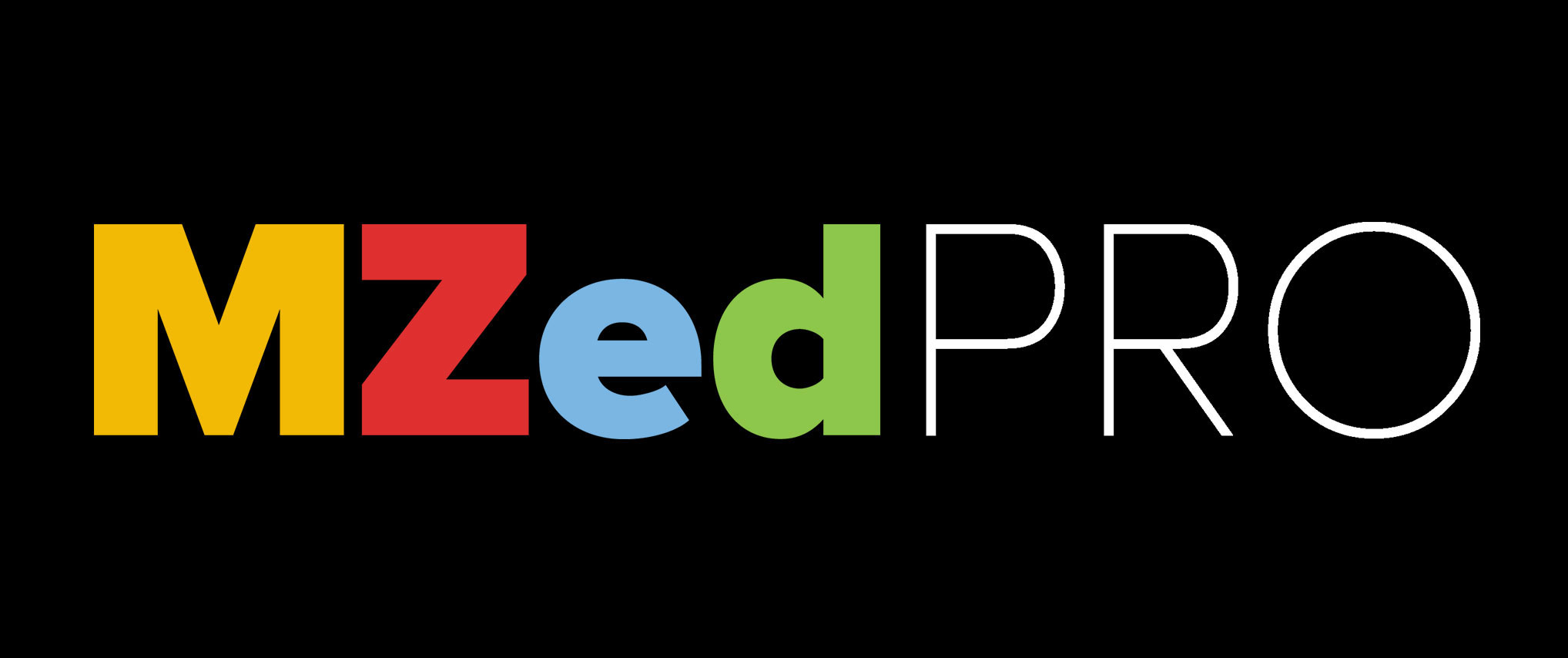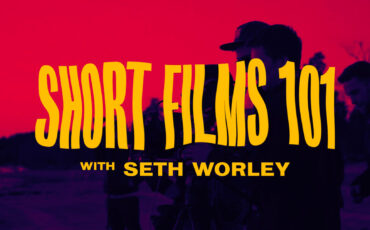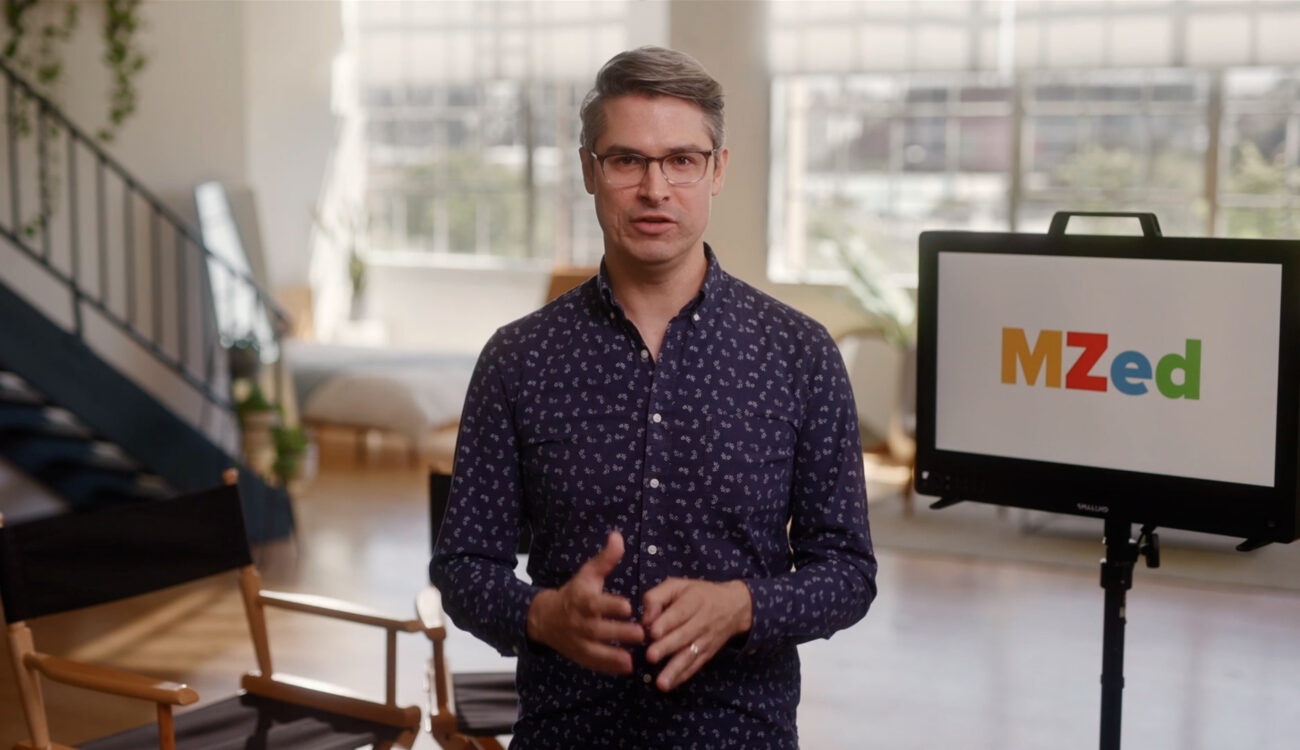
Let’s imagine you’re an aspiring director, a passionate producer starting out, or a filmmaker planning their first or second short. You’ve got a pretty neat script (if not – maybe start with our article on writing), a motivated crew, and even a bit of a budget to cover your equipment and catering. What do you think you might have forgotten to consider at this point? Let me guess! Distribution. As it turns out, 30% of independent filmmakers (myself included) somehow miss this very important part of the equation. In the MZed-course “Producing from the Front”, an award-winning producer, DP, and our CineD colleague Graham Ehlers Sheldon have the whole module on how to get your indie film seen. In this article, we gathered the key points, which will help your vision go out into the world.
You make ask yourself why you should bother with distribution now if your film is still a work in progress? The answer is: because it also requires a lot of strategic thinking in advance. Creators who are aware of some tips and tricks in this area can influence what will happen with their project after it’s finished. They can plan on how to get invested money back, gather their target audience, and choose the types of distribution accordingly. It’s definitely better than ending up with a great short and not knowing what to do with it.
It doesn’t matter if you execute flawlessly on your feature if nobody sees it.
Graham Sheldon, from the MZed course
Types of distribution deals to get your indie film seen
In his course, Graham starts by giving a general overview of different distribution deals. As we’re going to concentrate on independent productions in this article (mostly short films, or low-budget debut features), be aware that not all variations from the list below will apply to them.
- DVD or Blu-ray (digital optical disc storage formats). Some may say it’s an obsolete category because their sales dropped so much in the last decade. But no, it’s still a thing, so don’t cross Blu-rays off your list directly.
- Theatrical release. It’s a very expensive option, but of course one of the most desirable. First, this distribution type will put your film in the “in-theaters-now” category on big online platforms, which will call attention to it. And second, it’ll provide your film with the possibility of being eligible for an Oscar in the United States.
- SVOD (Subscription Video-on-Demand), which includes streaming services such as Netflix, Hulu, Disney+, HBO May, Amazon Prime Video, and others.
- TVOD (Transactional Video-on-Demand), meaning services like iTunes, that charge viewers a one-time fee to watch a piece of content.
- AVOD (Advertiser-supported portals). Put simply, this model allows audiences to access films without paying money to the filmmaker or to the platform owner, but they will have to watch commercials, interrupting video flow. (You know, like on broadcast TV).
- Self-distribution. We look further into this category below.
- International & domestic distribution. Sometimes it makes sense to sign separate deals for international and domestic releases because these are two fundamentally different markets.

Generally speaking, indie films that are lucky enough to get a wide release would use a combination of different approaches from this list. And yes, sure, it’s possible to jump right into, say, a Netflix library. But if you’re just starting out, realistically you will have to deal with self-distribution first.
Producing from the Front
Self-distribution and how to approach it
Imagine, it’s your first short film, none of your film festival applications were accepted, and the budget for contracting with external distributors doesn’t exist. Don’t worry! You can still get your indie film seen by a wide audience even when you self-publish it online. As Graham Ehlers Sheldon puts it, these days there are a lot more portals for self-distribution than ever before. Good examples here are Seed & Spark and Short of the Week.
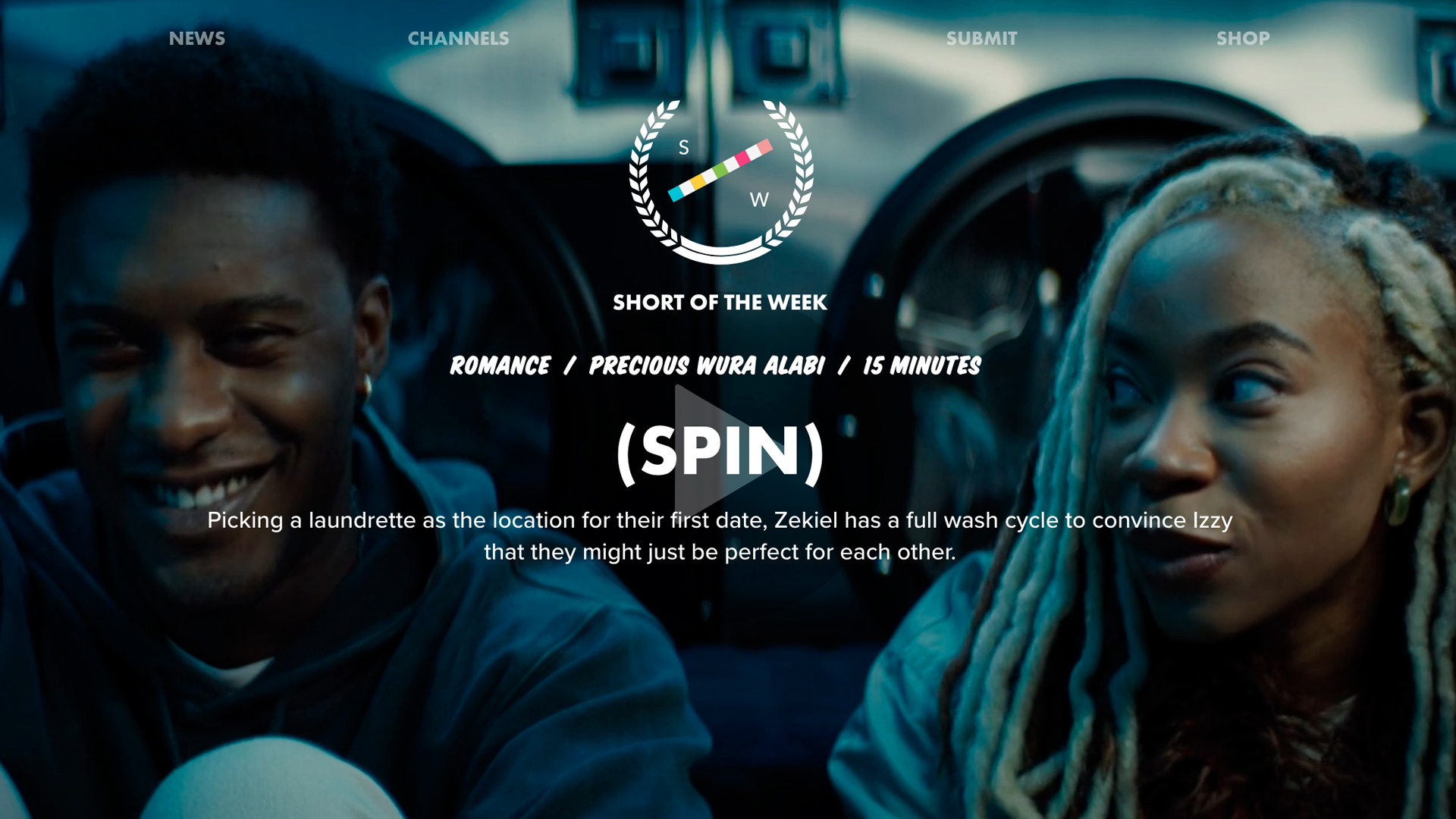
Another successful example of self-distribution comes from Benjamin Wiessner, the Vice President of Sales and Distribution for Vanishing Angle. In his conversation with Graham, he remembers the very first animation short “(Notes on) Biology” that his friends and he made years ago. They knew nothing about distribution back then, so they posted it on Vimeo, dreaming of getting several thousand views. Overnight, the film somehow caught the attention of the Vimeo Staff Picks channel, and a week later, the creators had half a million views.
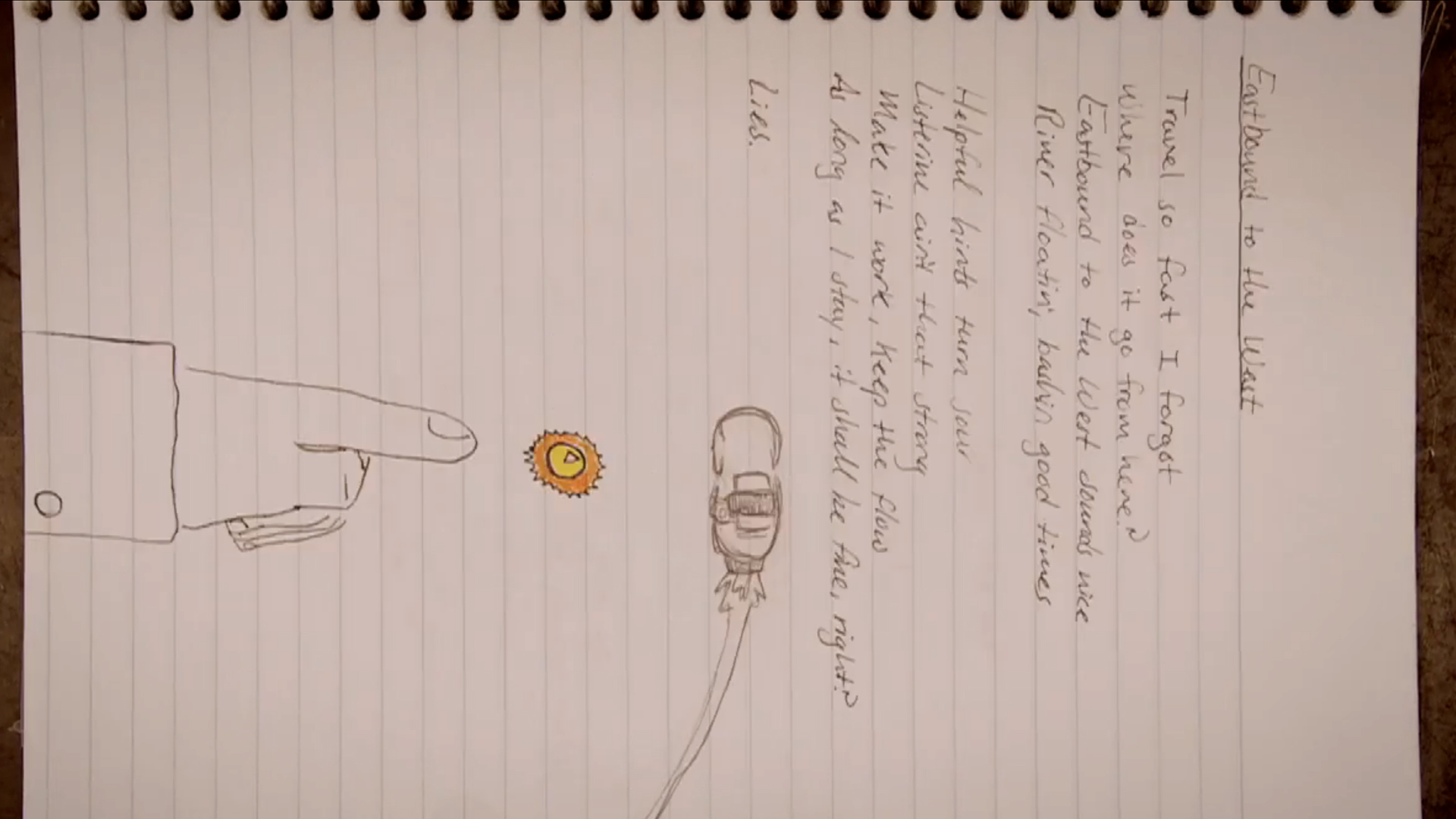
Do you know why this story was especially significant for these filmmakers’ future success? They could go back, analyze the views, and learn who their real audience was (something which is difficult to achieve at a film festival). With “(Notes on) Biology”, Benjamin and his team discovered that 40% of their fans were from English-speaking countries in Europe. Now they knew where to look for buyers and where to distribute their next film.
Analyzing who your audiences are is crucial
Building up an infrastructure of fans around you is beneficial on many levels. First, when you know your audience, you can target them directly. Whether it’s a 50-dollar Facebook ad for a community of people who like the same sense of humor your film offers, or getting the premieres specifically in countries where your viewers live – doesn’t matter. This way you will get your film bought and seen by people who will probably like it and want to support your next projects.
“The Beta Test”, co-produced by Benjamin, is a good example here. They put it on Wefunder and gathered $350,000 in 2 weeks, solely through crowdfunding. The investors were from over 35 countries. They didn’t have any meetings with filmmakers, and no one got to read the script, but they already knew the previous work of this crew, followed their progress, and wanted to take part in their new project.
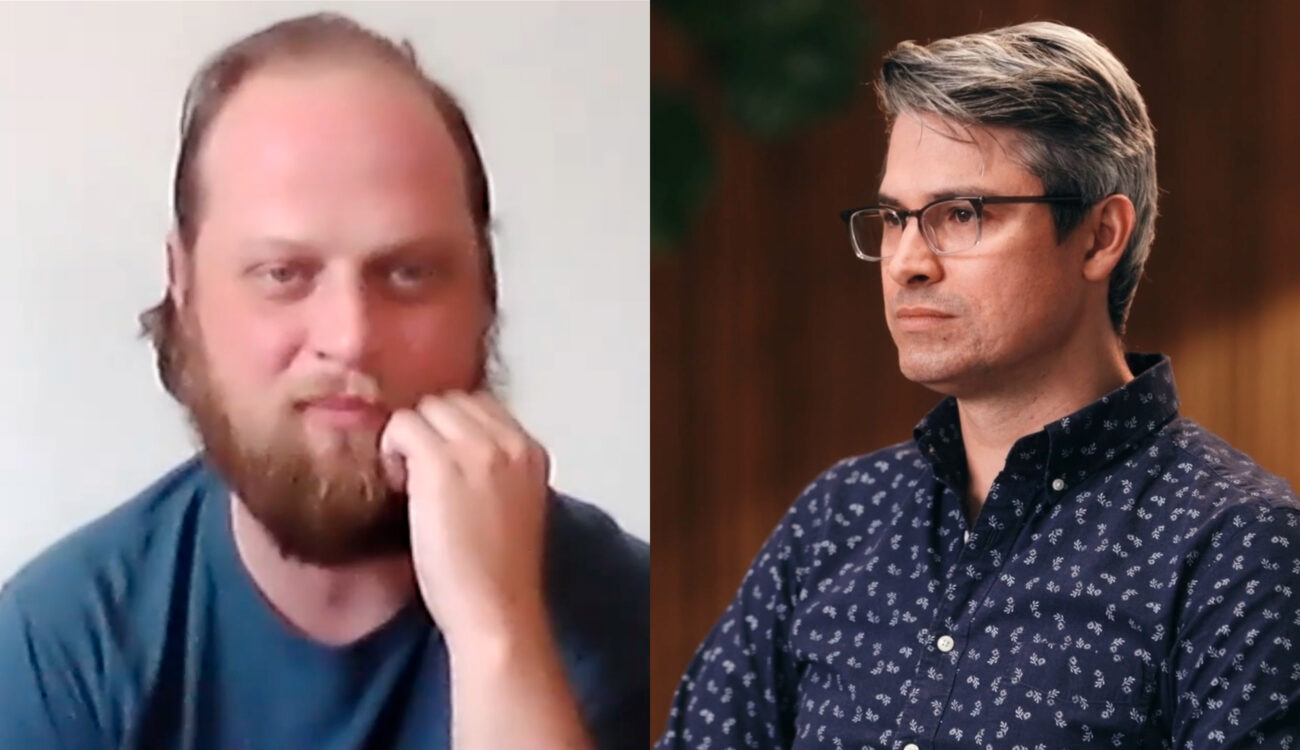
Some people would say that asking for money through crowdfunding is taboo. Benjamin disagrees. Assuming it covers the budget for your film idea, you can also see it as a big public statement of success in the future. Something to show the potential distributors as a carrot: look, we already have a huge audience, who is willing to pay for our films. That will definitely play to your advantage.
Tips on PR & marketing
A big part of your distribution will rely on a well-developed PR (public relations) and marketing strategy. You will need both in order to achieve a positive vision of your film and revenue, which can result in finding investors for the next film. As we’re talking about small independent productions, most certainly you will have to take care of it yourself, or in a tiny team. So, here are some tips from Graham for starters.
The media sources won’t just post your press release because you ask them. You have to build a narrative about why your film is both different and compelling. This may also include a structured social media campaign, where you post a lot of exciting content nuggets: behind-the-scenes pictures, crew and cast interviews, or even small featurettes about how you pulled off a particularly difficult shot. If you already know your target audience, these assets will be extremely interesting to them and may act to generate sales. So, plan to produce this type of content before you go into the shooting phase.
Here is another tip: try to tie all your marketing and PR-generated traffic directly to sales whenever possible. Meaning: a positive review after a film festival should encourage pre-orders on iTunes, otherwise it’s not as effective as it could be.
Red flags in dealing with distribution companies
To ensure success in your negotiations with a specialized distribution company, it’s important to follow the tips, plan your distribution in advance, and budget some money for their services. However, even with these measures in place, it’s crucial to remain vigilant and watch out for potential red flags. Here are some indicators that you should be aware of when dealing with distributors to avoid making mistakes:
- A company that has 15 employees puts out 60 titles a year. This scenario opens a reasonable question: how much attention will your short or feature really get from this company? How difficult will it be for your work to stand out when it enters the market together with so many other movies?
- In the contract that is offered, there is nothing about the actual release of your film.
- The distributor suggests a crazy term length – let’s say 15 years. That’s not a good deal. If the company cannot monetarily exploit the property in three to five years, then the film rights should revert to the filmmaker.
- The company you have chosen has no experience or track record in the distribution territory in question. It’s not a red flag per se, but it might be a big mistake on your part, especially if you don’t have much experience either.
- The distributor doesn’t send you thorough reports. An important point to consider, suggests Benjamin Wiessner because you want to see the numbers all the time. Only if you can gather the data and the information will you learn how distribution works and avoid making the same mistakes in future projects.
Further insights to get your indie film seen
Film festivals, sales agents, residuals, and legal stuff. Those are other huge topics in distribution we haven’t even touched on yet. So, if you want to learn every detail on how to get your indie film seen, please watch the MZed-course “Producing from the Front”. Just the distribution module alone will give you a variety of different insights, such as the advantage of using audio formats instead of PDFs for pitches, or what makes a perfect film poster for deliverables.
What else do you get with MZed Pro?
As an MZed Pro member, you have access to over 500 hours of filmmaking education. Plus, we’re constantly adding more courses (several in production right now).
For just $30/month (billed annually at $349), here’s what you’ll get:
- 54+ courses, over 850+ high-quality lessons, spanning over 500 hours of learning.
- Highly produced courses from educators who have decades of experience and awards, including a Pulitzer Prize and an Academy Award.
- Unlimited access to stream all content during the 12 months.
- Offline download and viewing with the MZed iOS app.
- Discounts to ARRI Academy online courses, exclusively on MZed.
- Most of our courses provide an industry-recognized certificate upon completion.
- Purchasing the courses outright would cost over $9,000.
- Course topics include cinematography, directing, lighting, cameras and lenses, producing, indie filmmaking, writing, editing, color grading, audio, time-lapse, pitch decks, and more.
- 7-day money-back guarantee if you decide it’s not for you.
Full disclosure: MZed is owned by CineD
What are your thoughts on distribution? Do you have an insightful story to share? Or maybe another tip on how to get your indie film seen that we haven’t mentioned? Please let us know in the comments below.
Feature image source: MZed



